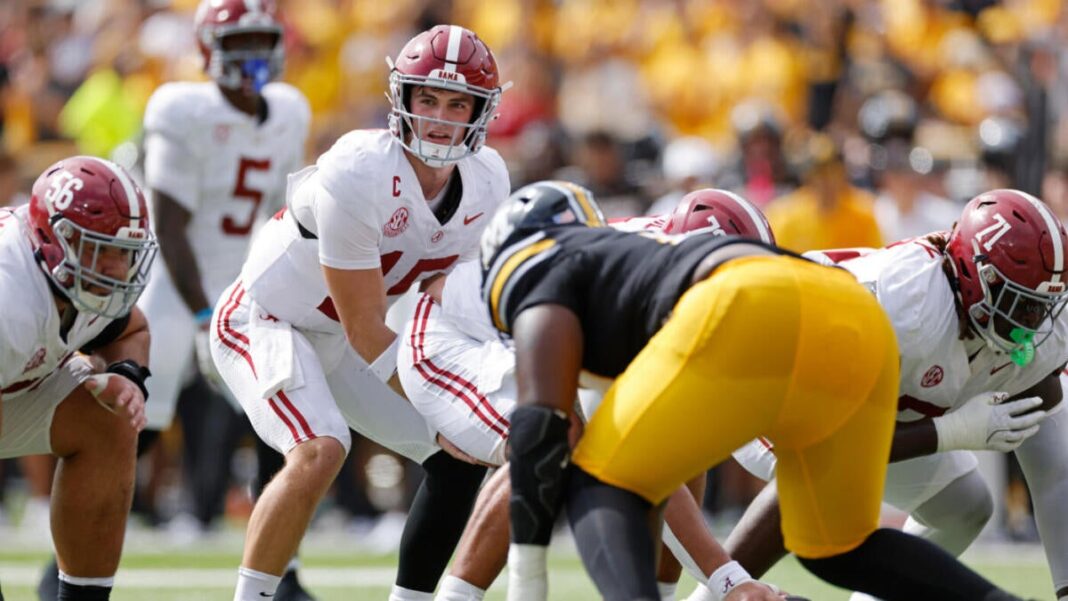Market Pulse
In the evolving landscape of digital finance, a transformative movement is gaining significant traction: the tokenization of real-world assets (RWAs). This innovative application of blockchain technology promises to bridge the chasm between traditional finance (TradFi) and decentralized finance (DeFi), offering unprecedented opportunities for liquidity, transparency, and fractional ownership across a spectrum of assets. As of {current_date}, industry leaders and institutional players are increasingly recognizing RWA tokenization not merely as a niche concept, but as a pivotal force poised to redefine global financial markets.
The Promise of Tokenization: Expanding Access and Efficiency
Real-world asset tokenization involves converting tangible and intangible assets into digital tokens on a blockchain. These tokens represent ownership or fractional ownership of the underlying asset, making them verifiable, transferable, and manageable through smart contracts. The allure stems from its potential to address longstanding inefficiencies in traditional markets, particularly concerning illiquid assets.
- Fractional Ownership: Tokenization allows expensive assets, such as real estate or fine art, to be divided into smaller, affordable units, making them accessible to a wider pool of investors.
- Increased Liquidity: By digitizing assets, tokenization creates secondary markets that are open 24/7, reducing settlement times and enhancing tradability for historically illiquid assets.
- Transparency and Immutability: Blockchain’s distributed ledger technology ensures a transparent and tamper-proof record of ownership and transactions, significantly reducing fraud and operational costs.
- Automation through Smart Contracts: Key processes like dividend distribution, rent collection, or compliance checks can be automated, streamlining operations and reducing manual errors.
Technology Underpinning the Revolution: Blockchain’s Integral Role
At the core of RWA tokenization lies blockchain technology, providing the secure, transparent, and programmable infrastructure necessary for digital asset management. Various blockchains are being leveraged for this purpose, each offering distinct advantages in terms of scalability, security, and smart contract capabilities.
- Ethereum: Its robust smart contract platform makes it a popular choice for issuing RWA tokens, with established standards like ERC-20 facilitating interoperability.
- Polygon: As an Ethereum scaling solution, Polygon offers lower transaction costs and higher throughput, making it attractive for large-scale RWA projects.
- Avalanche: Known for its high performance and custom subnet capabilities, Avalanche provides a flexible environment for institutional-grade tokenization initiatives.
- Security and Verification: Cryptographic security ensures the integrity of ownership records, while on-chain verification provides a single source of truth for asset data.
Navigating the Regulatory Landscape
Despite its immense promise, RWA tokenization operates within a complex and often ambiguous regulatory environment. Jurisdictions globally are grappling with how to classify and oversee these digital representations of traditional assets. Key challenges include determining whether RWA tokens constitute securities, requiring specific registrations, and establishing clear guidelines for investor protection, KYC (Know Your Customer), and AML (Anti-Money Laundering) compliance.
- Legal Frameworks: Development of clear legal definitions for tokenized assets and their corresponding ownership rights is crucial for mainstream adoption.
- Cross-Jurisdictional Challenges: The global nature of blockchain means that tokenized assets can be traded across borders, posing challenges for consistent regulation.
- Investor Protection: Ensuring that retail and institutional investors are adequately protected from fraud, market manipulation, and operational risks is paramount.
Institutional Interest and Future Outlook
The growing interest from traditional financial institutions underscores the potential of RWA tokenization. Major banks, asset managers, and fintech firms are actively exploring or implementing pilot projects for tokenizing everything from government bonds and corporate debt to private equity and carbon credits. This convergence signifies a paradigm shift, where the efficiency and accessibility of blockchain are integrated with the established trust and regulatory compliance of TradFi.
Analysts project the market for tokenized RWAs to reach trillions of dollars in the coming decade. This surge will be driven by continued technological advancements, increasing regulatory clarity, and a growing demand for innovative investment products that offer enhanced liquidity and diversification.
Conclusion
Real-world asset tokenization represents a profound evolution in how value is created, managed, and exchanged. By digitizing traditional assets on blockchain, it promises to democratize investment, improve market efficiency, and unlock immense pools of previously illiquid capital. While regulatory clarity remains a critical hurdle, the foundational technology and escalating institutional interest suggest that RWA tokenization is not just a passing trend, but a fundamental shift towards a more connected, transparent, and liquid financial future.
Pros (Bullish Points)
- Enhanced liquidity for traditionally illiquid assets, opening new investment avenues.
- Enables fractional ownership, making high-value assets accessible to a broader investor base.
- Increased transparency and immutability through blockchain, reducing fraud and operational costs.
- Potential for seamless integration between traditional finance and decentralized finance ecosystems.
Cons (Bearish Points)
- Significant regulatory uncertainty and fragmented legal frameworks across jurisdictions.
- Scalability challenges for underlying blockchains and potential for network congestion.
- Risks associated with smart contract vulnerabilities and the security of digital ownership.
- Need for robust legal enforceability of digital token ownership against physical assets.
Frequently Asked Questions
What exactly are Real World Assets (RWAs) in the context of tokenization?
RWAs are tangible assets like real estate, gold, art, or intangible assets such as intellectual property, commodities, or even company equity, that are converted into digital tokens on a blockchain.
How does blockchain technology facilitate RWA tokenization?
Blockchain provides the secure, transparent, and immutable ledger necessary to record ownership and transactions of these tokenized assets. Smart contracts automate processes, ensuring trust and efficiency without intermediaries.
What are the primary benefits for investors interested in tokenized RWAs?
Investors gain access to enhanced liquidity, fractional ownership of high-value assets, increased transparency in asset management, and potential diversification benefits across traditional and digital asset classes.



